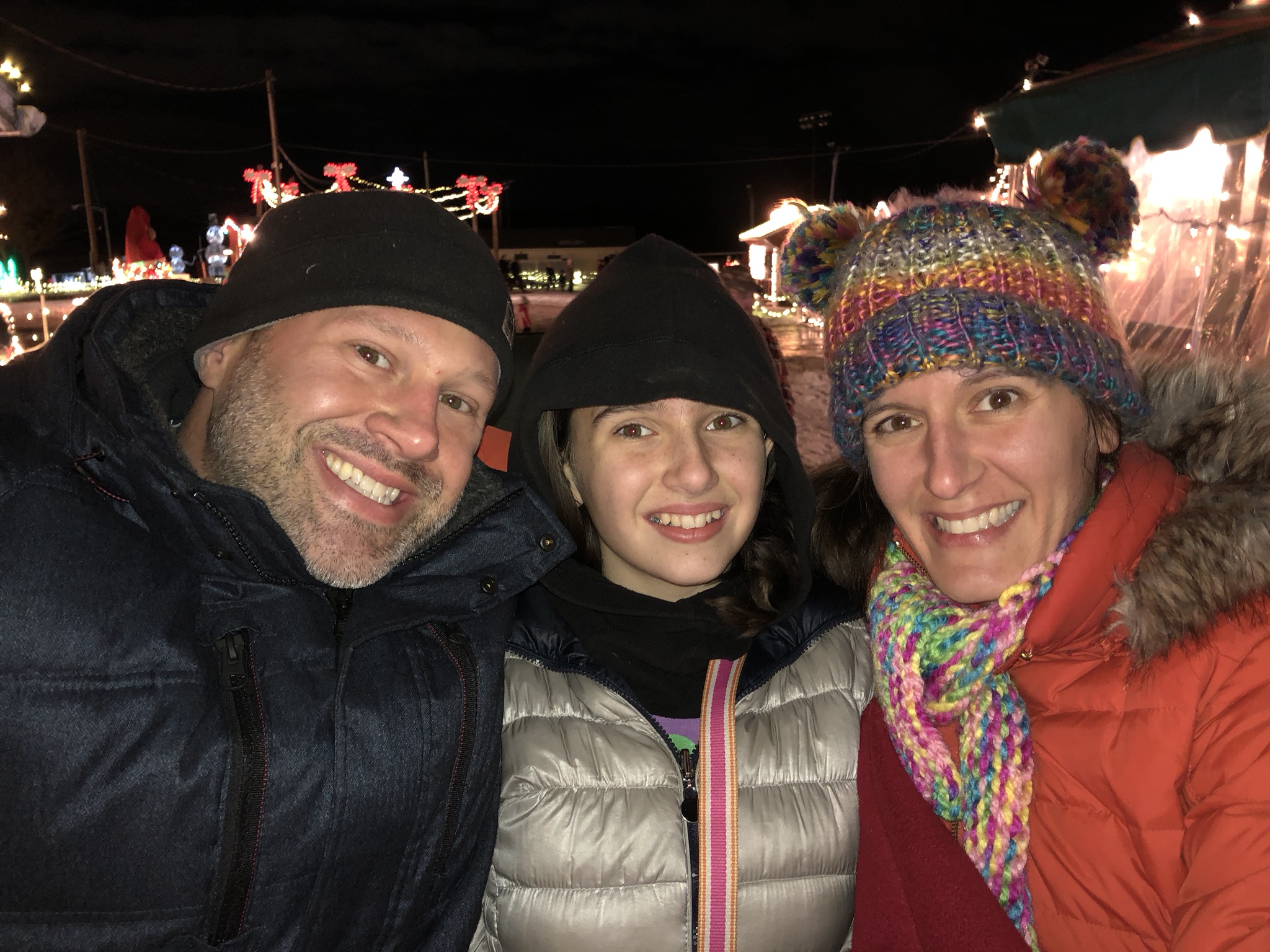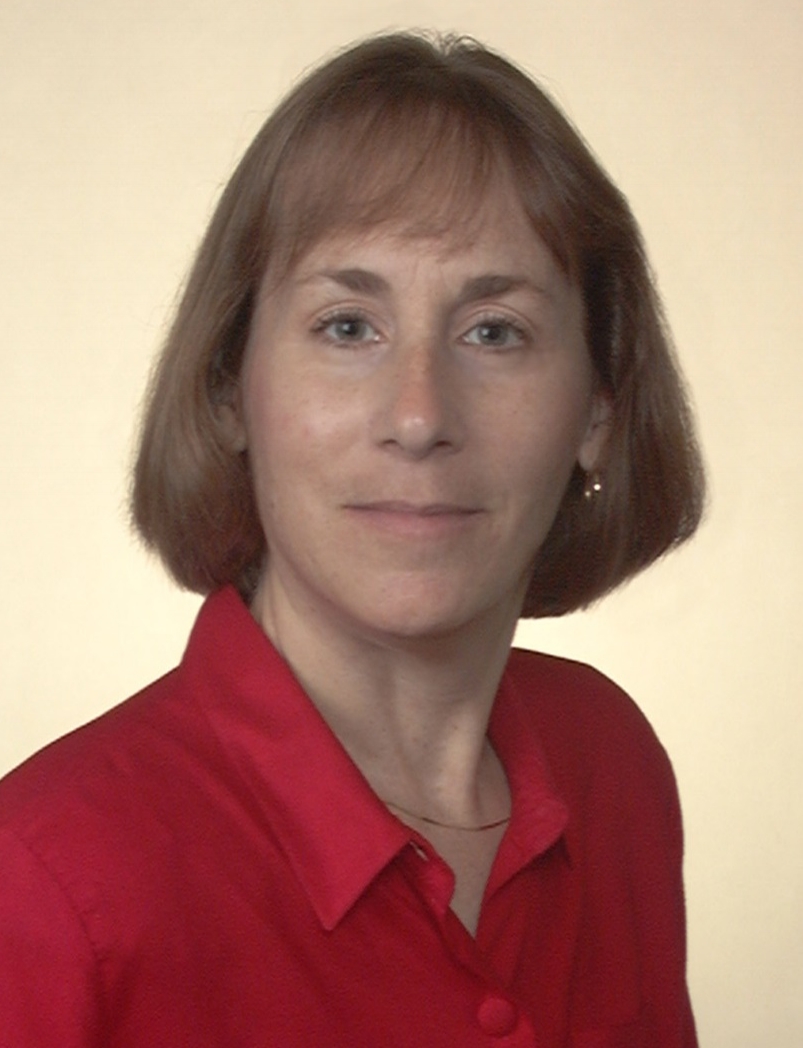By Joey Lynn Resciniti
Julia was a full-term baby born exactly one week before her due date. She was healthy and perfect. She passed her newborn hearing screening.
The hospital bassinet had a cabinet underneath where the diapers were stored. If I wasn’t very careful with the doors, they would slam loudly. Julia would startle and cry.
At least she can hear, I thought. This would prove ironic to me when Julia showed signs of having problems hearing. When Julia was 15 months old, I became concerned with her speech—or its lack. She’d babbled a little bit as an infant and then didn’t say much until at a year or so when she said hi, once.
No one wanted to admit there was a problem. My husband was even a little defensive about the subject. Grandparents chimed in that she was just a “late talker.” When I mentioned my concerns to the pediatrician, he recommended the state’s early intervention program, which led to our qualifying for twice-weekly speech language pathologist visits.
All this time, no one suspected Julia wasn’t hearing. With the specialist’s help, small gains were made in her speech. She developed a vocabulary of a few dozen words but never progressed to speaking two-word sentences or multisyllabic words.
So by the time we made it to the audiologist over a year later, when she was nearly 3, I had come to terms with Julia having some level of hearing loss. I knew when she turned her back to me, she wouldn’t respond if I called, and that was a big sign to me.
A Series of Tests
Sitting on my lap in the soundproof booth, Julia turned toward the speaker that was making a loud sound. But as the sounds got quieter, I got a heavy feeling in my stomach. She stopped turning toward the speaker. Finally the audiologist leaned into the microphone and told me she was coming over to our room. I willed myself not to cry as she said she’d found a moderate hearing loss in both ears.
The audiologist next used little headphones to transmit sound directly to Julia’s auditory nerve. The results showed Julia’s hearing loss is sensorineural, a nerve problem, and not a mechanical problem like a tube that is too small in the ear. I was told that it is not uncommon for a newborn to pass a hearing screening, like Julia did, and then find something later. The audiologist reassured me that we’d found it sooner rather than later, and that intense speech therapy would catch her up.
The next few months were tough. We scheduled an auditory brainstem response (ABR) test. For this test, the audiologist sedates the child and plays a series of clicks while measuring brain activity. This test is often done for young children to confirm their hearing loss before they’re fitted for hearing aids.
Our family was not ready to accept the first diagnosis and kept questioning the results. But I was with Julia in the booth, and knew it was correct. So when the ABR confirmed the hearing loss, I set to work managing the appointments and paperwork that would eventually help my daughter speak and thrive.
The first thing the audiologist showed us after the ABR testing was the “speech banana.” This was a confusing bit of information at first—banana? Speech? The speech banana is a visual aid for a very quick introduction to hearing loss and the varying levels of severity.
Normal hearing is in the 0 to 20 decibel (dB) range at the top of the banana. All speech sounds (vowels as well as consonants and consonant pairs) are above where Julia can hear with her 55 dB loss. Theoretically, without hearing aids she can’t hear any of those sounds.
Things louder than 55 dB, like a dog barking or a piano, would be accessible for her without hearing aids. But the tricky part is that it isn’t so cut and dry. Julia wasn’t unable to hear all language, and she also wasn’t always able to hear dogs barking.
Instant Change
We ordered hearing aids and earmolds. The audiologist showed us how to insert the tiny size 13 battery and talked to us about school accommodations and speech therapy as she programmed the little hearing aids for Julia’s specific hearing loss.
I’d thought about the moment she’d first hear with her new hearing aids. It was going to be the first time she’d hear my voice. Maybe the first time ever. I wanted to say, “I love you.” I wanted to say something nice, something comforting.
The audiologist worked the molds into her ears and clicked the battery doors shut. Julia’s eyes opened wide and her hands clenched on the arms of her chair. She could hear—and she was terrified!
“These are your new magic ears,” the audiologist said.
I didn’t say anything nice or comforting. I couldn’t help myself, I started to laugh! She looked so adorable, like she was on a roller coaster rather than an office chair. I forgot all about making a grand first speech and instead just beamed at her. Julia’s head swiveled to the ceiling. I noticed an obnoxiously loud fan for the first time.
On the way home, Julia tried to repeat just about everything we said. She could hear above the banana, all the vowel and consonant sounds. She began mimicking speech immediately. Every noisy thing that I had never taken the time to notice before was new and interesting.
We were warned that it might be difficult to get Julia to wear her new magic ears. The audiologist told us to be very firm so she wore the devices during all waking hours. If she tried to take them out, back in they went.
Eventually, at age 5, Julia learned to insert her hearing aids herself, with the promise of a sleepover once she could show responsibility. She began to take ownership of the aids, poring over earmold colors and designs (striped, swirled, polka-dotted) with the practiced eye of a stylish tween (she wasn’t yet 8). She became a connoisseur of the hand-shaped earmold (great) vs. one that is made through an automated process (not so great).
Responsibility Shifts
As time goes by, those early years begin to fall into their proper perspective. I used to think it would mean something to me if Julia could someday tell me that she heard me when she was a toddler. Time and distance have shown that she doesn’t remember much of anything from her prelingual years. Her memories start when she was about 4. Everything prior to that comes from pictures and videos.
Some of the videos, like one when she is about 2 showing her fascination with lightning bugs, are painful for me to watch. In the video, you can hear me prompting Julia to say the word “bug” over and over, and watching it now I see plainly that she is confused and cannot hear us saying the word.
I wish I’d realized back then that she needed help. I wish I hadn’t spent a whole year frustrating myself and my baby. If I had to do it again, I would tell myself to get her hearing tested. And also that she was going to be okay and that in three short years she’d be saying so much more than “bug.”
Life with a 13-year-old hearing aid user is much easier. Julia is an independent seventh grader who gets straight As. We have as a family weathered ear infections with the potential to wreak havoc on a spelling test, late-night searches for a hearing aid battery among tangled twin sheets, and hearing aids that can’t be worn in the pool.
Now there are whole chunks of time when I don’t think about her ears, a blessing made possible by experience. We agonized when Julia’s hearing ability dropped another 15 dB to 70 dB, putting her in the severe category, and feared her hearing would progress even more, but it did not.
At the very first diagnosis, the ENT (ear, nose, and throat specialist, or otolaryngologist) assumed Julia’s loss is genetic, but the markers haven’t been discovered yet. The overwhelming majority of children with hearing loss—more than 90 percent—have typical hearing parents. We just don’t know.
Years later Julia’s audiologist explained the drop: “Sometimes with a change in a child’s ear canal size, it may seem as if there is a 10 to 15 dB change in hearing across the frequency range. As the ear grows, a little more sound pressure may be needed to detect sound. This will result in what looks like a change in hearing but may just be growth of the ear canal.” This makes sense. After eight years of steady audiograms and this explanation, I am finally able to let go of those lost decibels and my fear of losing more.
Every now and then there’s a head cold, dead battery, or damaged bit of ear tubing, and I am once again that younger mother, riddled with anxiety about taking care of Julia’s hearing. But the shift in responsibility has become hers. Julia is the one taking the lead on troubleshooting her technology at home, school, the pool, wherever she goes. At 13, she is the one always needing to think about her ears. Perhaps that’s what we’ve been working toward all along.
This article originally appeared on the cover of the Summer '18 issue of Hearing Health magazine with a supporting story from Julia Resciniti



















